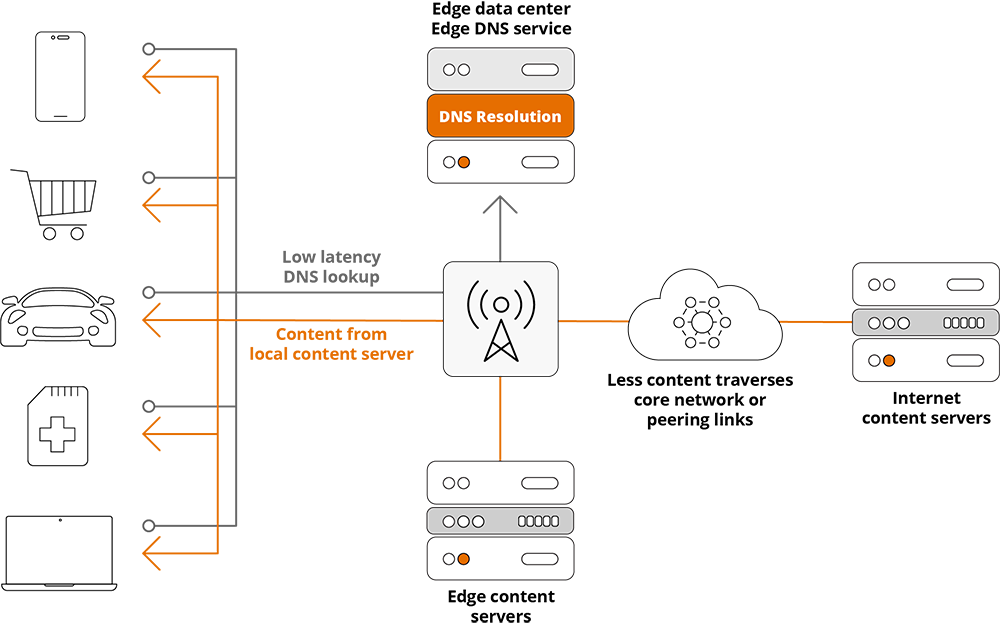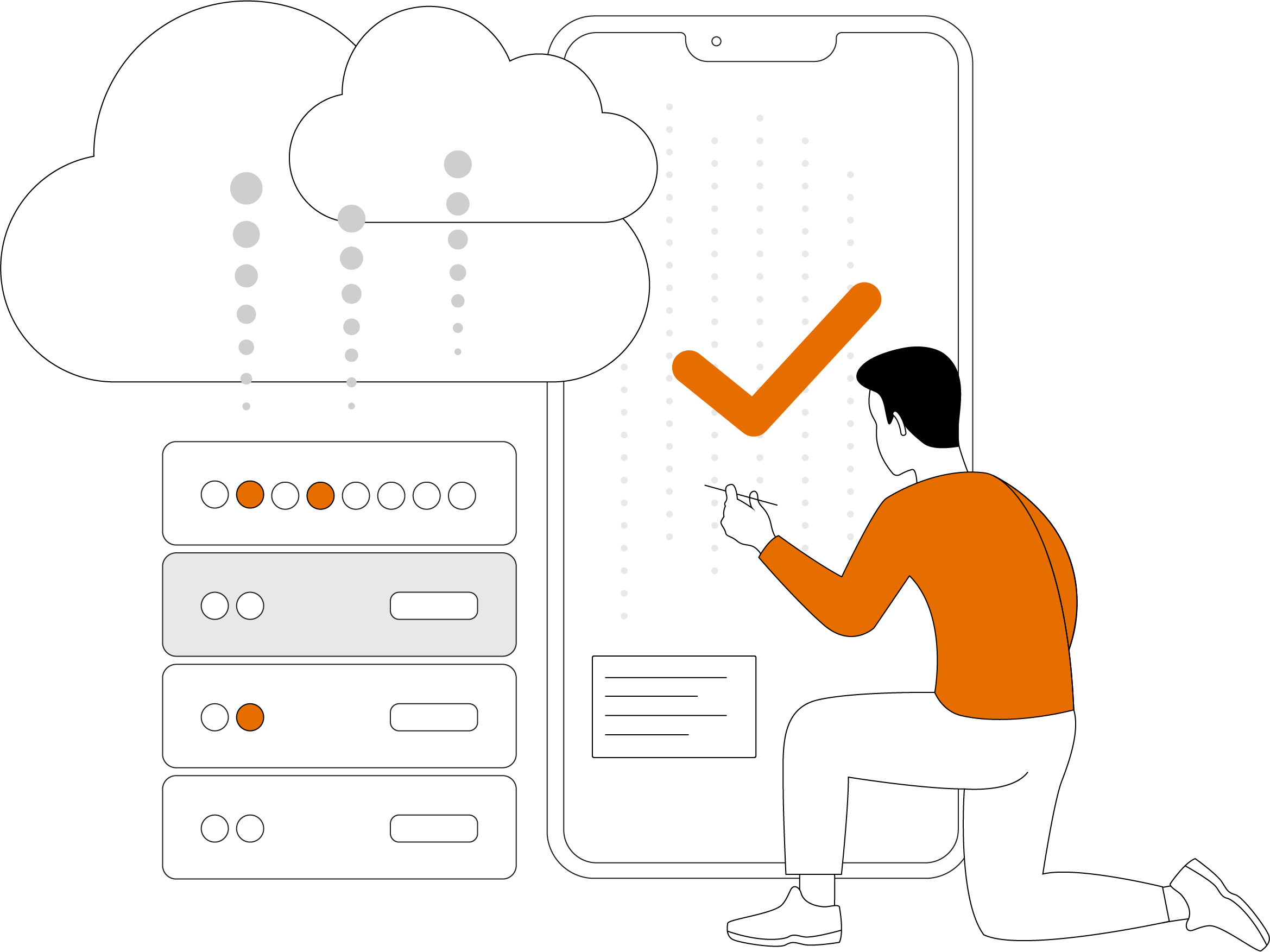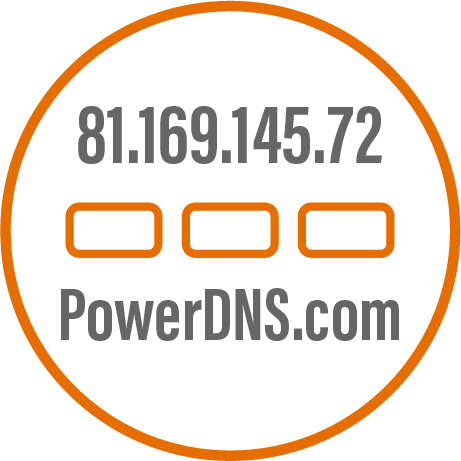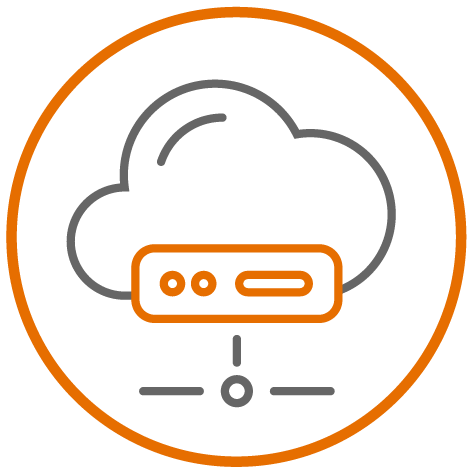Benefit From Extremely Fast UE DNS Resolving
For 5G and other mobile networks

High-performance
DNS resolving
supports your
network speed

Edge DNS and
Tiered Caching
close to the radio
network

Quick & easy
deployment and
maintenance with
cloud-native DNS

Built-in
network-based
security
and privacy

PowerDNS for UE and UE Edge DNS provides extremely low-latency responses to connected devices and allows you to fulfill the promises of 5G, including orchestration, (ultra)-low latency and network slicing. DNS resolving and cached DNS requests at the edge of your network combined with cloud-native deployment options made PowerDNS become the preferred choice for UE and UE Edge DNS. Protecting subscribers and all their (IoT) devices from malicious content and securing your network from attacks complete our solution. Ensure that your DNS does not become the bottleneck of your high-performing, heavily-invested mobile network.
DNS RESOLUTION
High-performance DNS Resolving
Your subscribers deserve the best possible performance your network can provide:
-
High-performance, low latency DNS resolution
-
Reliable and scalable up to millions of DNS queries per
second -
DNS aware load balancing optimizes cache hits
-
Automated metrics and reporting


Edge DNS and Tiered Caching
PowerDNS provides an optimal balance between fast localized DNS responses and minimizing latency for domains that are looked up less frequently:
-
Deploy distributed DNS services near the end-user, on the
edge-nodes -
Deploy a small cache in Edge DNS servers
-
Combine with a pool of servers with a large cache
Learn more about PowerDNS in action

Providing BT with 5G-ready DNS
Equipping BT with DNS to meet current broadband, as well as future 5G and IoT, traffic and security demands.
Quick & Easy Cloud-native Deployment
PowerDNS is truly ‘cloud-native’ and comes with the ability to run on containerized infrastructure:
-
Runs in cloud-native environments ‘out of the box’
-
Provides automation tools for deployment, elastic scaling, remote configuration management and monitoring


Built-in Security and Privacy
UE DNS by PowerDNS comes with network-based security and privacy:
-
Block malicious content for all connected devices
-
Detect and alert when IoT devices are infected with malware
-
Prevent damage caused by 5G IoT devices, including DDoS attacks, leakage of sensitive data, physical damage to machines and users
-
Support end-to-end encryption to guarantee privacy and protect against passive interception.
Contact us to learn more about PowerDNS for UE (Edge) DNS.



